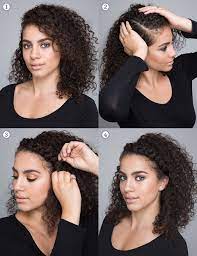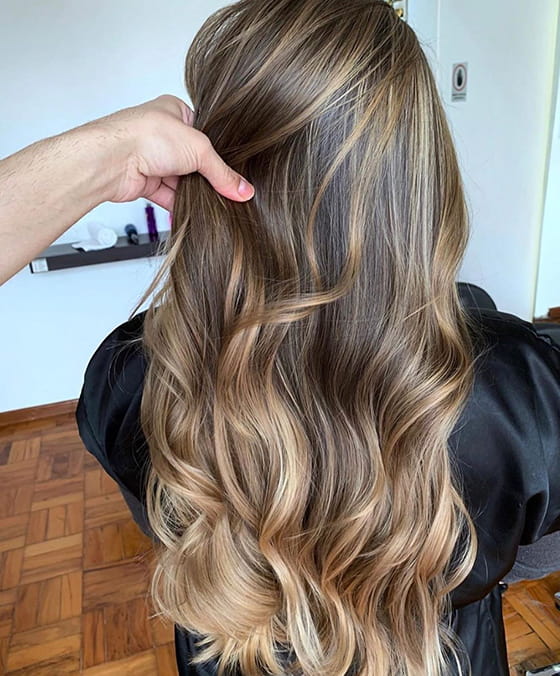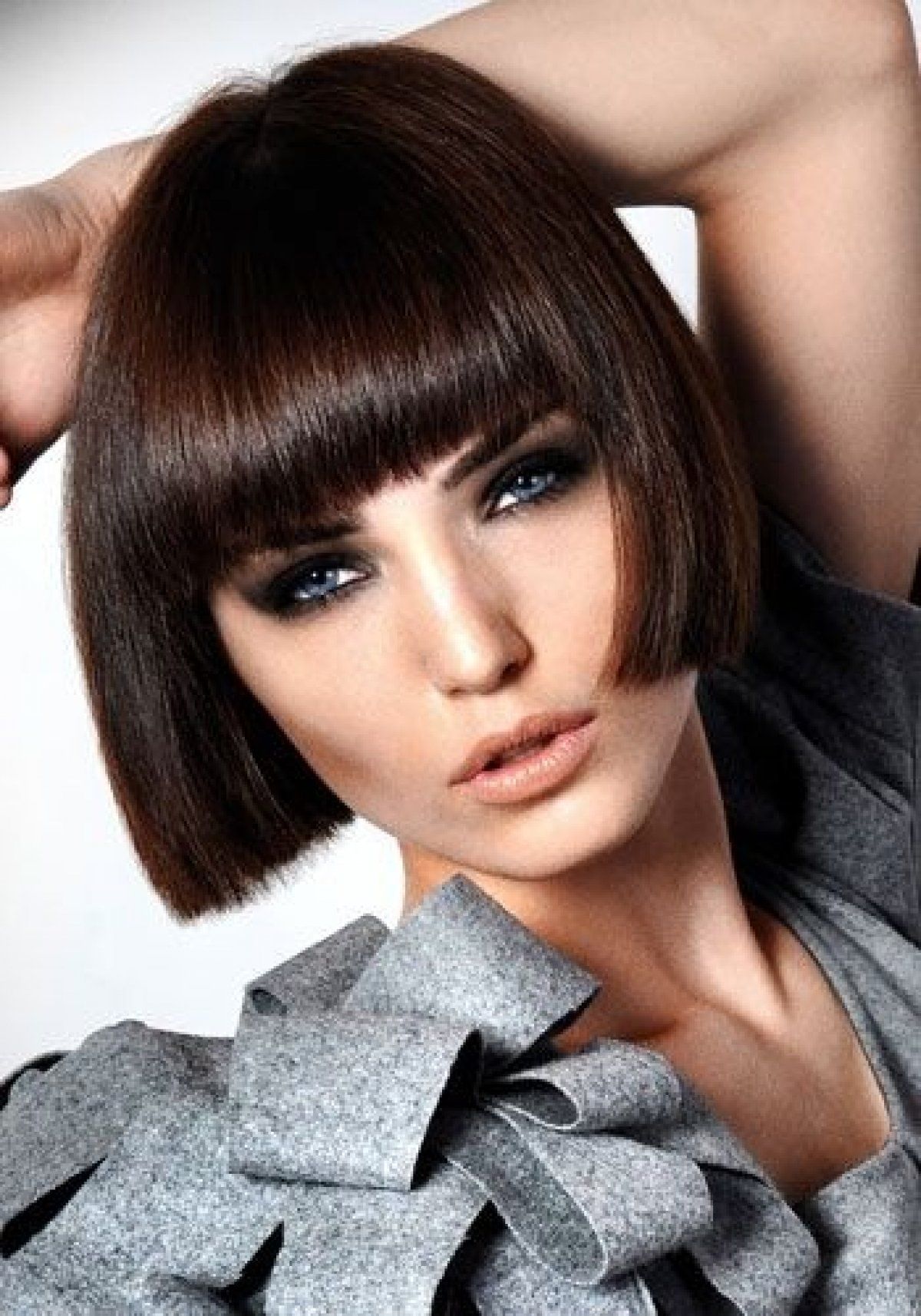
Curly hair can be more challenging to manage. It often dries out more quickly and becomes frizzy or tangled due to heat or changing environments, making maintenance difficult.
The S-shape of the Follicle
Curly or straight hair depends on the shape of the follicle that produces it. Curly hair comes from curved bristles, while straight hair comes from round ones. Follicle shape is determined during embryonic development, and its elliptical hair fibers can curl in different ways to form twists, kinks, and waves. The exact reason why follicles curve this way is not fully understood, but it may be related to melanin production on each cell surface. Curly hair tends to have more melanin, resulting in a darker hue.
The S-shape of the hair Fiber
Curly hair consists of closer-spaced strands, creating tension and coils against each other. Curly locks also contain multiple copies of cysteine, an amino acid with a sulfur chemical group. Cysteine readily bonds with other sulfur-containing groups in keratin molecules, forming disulfide bonds that contributing to curlier hairstyles.
The S-shape of the Shaft
hair mainly consists of dead cells filled with a fibrous protein called keratin. The shape of each strand is determined by the formation of disulfide bonds between cysteine molecules in the keratin. Understanding the natural curvature of flexible rods helped solve challenges in animating 3-D hair.
Theories have been proposed to explain how a two-dimensional strand of hair transforms into a three-dimensional coil. One theory suggests that differences in cell length between the convex and concave sides create the coil effect. In contrast, another theory proposes that forces between the convex and open sides pull against each other, resulting in curling.
The S-shape of the Hair Sulfide
Hair texture, including curliness, is primarily determined by our genetic code. Curling hair causes proteins in each strand to form disulfide bonds with neighboring protein molecules, giving them their shape. Heat can also shape hair into curls and coils by temporarily breaking down hydrogen bonds, but these bonds return to their original state over time.
To care for curly hair, it is essential to use gentle shampoos and conditioners specifically designed for this hair type. For example, the Alaffia EveryDay Coconut Shampoo and EveryDay Coconut Conditioner can benefit curly locks.

